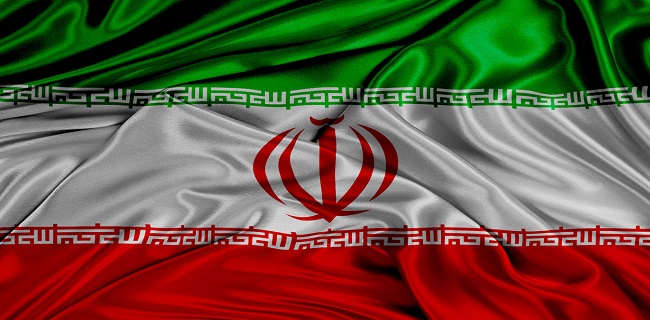Iran Textile and Apparel News :: Iran has had a long and successful history of manufacturing textiles. The Persian Gulf state was one of the world’s premier exporters of textiles and silks to Europe, Asia and the rest of the world.
The first textile mill in Iran was established over a century ago in the capital Tehran. The Iranian Textile Industry is mostly known for its carpet industry which includes the production of machine made and hand-made carpets and blankets. However, the local production of textile products like fibre, yarn and fabrics etc. remains insufficient to fulfil the growing needs of textile and garment industry.
See All Iran Textile and Apparel News
Market potential of Iran
In the recent past, the domestic textile and clothing production in Iran has been rather limited. Nonetheless, there is a huge potential in Iran to emerge as a future textile and garment hub.
Iran is around $2billion market for Textile and Clothing which is a huge number. There are numerous factories in Iran which are specialised in producing different kinds of high-end fabrics for export to Europe.
Below are some of the factors that prove Iran can turn out to be an emerging country in the field of textile and apparel trade.
• Iran imported nearly US$ 434 million of man-made fibre textiles during 2016 from countries like China, Korea, Turkey, Germany, etc.
• Iran’s textile and apparel exports grew up by 8.1% in the fiscal year ended March 20, 2017. The statistic shows that nearly 5,700 tonnes of hand-woven Iran carpets, valued at US $ 345.7 million, and US$ 287 million Machine-Made Carpet were exported during the said period, marking a 7.5 per cent and 18.4 percent Y-o-Y growth in volume and value terms, respectively.
• Iran also performed well in the apparel sector. The country exported with 3,800 tonnes of apparel items worth US $ 46.2 million, up 2.6 per cent in volume and 3.9 per cent in value when compared to previous fiscal.
• Iran’s development plan vision 2025 has identified textile and clothing as one of the potential industries for expansion. The plan basically emphasises on the need for technological advancements and improvement in productivity.
• Iran has a good availability of raw materials, manufacturing facilities and cheap labour which works as an attraction to foreign countries. Iran has a huge untapped potential which could be beneficial to a lot of foreign investors.

Steps to boost the domestic industry
The Iranian Textile and Machine-Made Carpet industry has about 1,045 active units, constituting 11% of all the industrial entities in the country. These units have created more than 2,90,000 direct jobs accounting for 13% of all the industrial jobs in Iran.
Ali Yazdani (Chairman of Iran’s Small Industries and Industrial Parks Organization) quoting “The private sector of Iran is responsible for developing the manufacturing and trading spaces, while the public sector will develop its infrastructure. About 3,000 to 5,000 square metres of area is dedicated to each of the service and production unit. Close to 30 trillion rials ($791.139 million) will be invested to develop an area of 1 million square metres”.
This clearly shows the potential that the Iranian Govt. is putting into the textile and apparel sector in order to create their own space in the global market.
Conclusion
From the recent past, Iran has seen a progressive reduction in tariffs from 300 per cent during sanctions to the present 55 per cent. The high tariffs had resulted in ‘unofficial’ imports being over 10 times the volume of ‘official’ imports. Hence the Trade associations have been working with the government for reduction in import duties to international levels.


